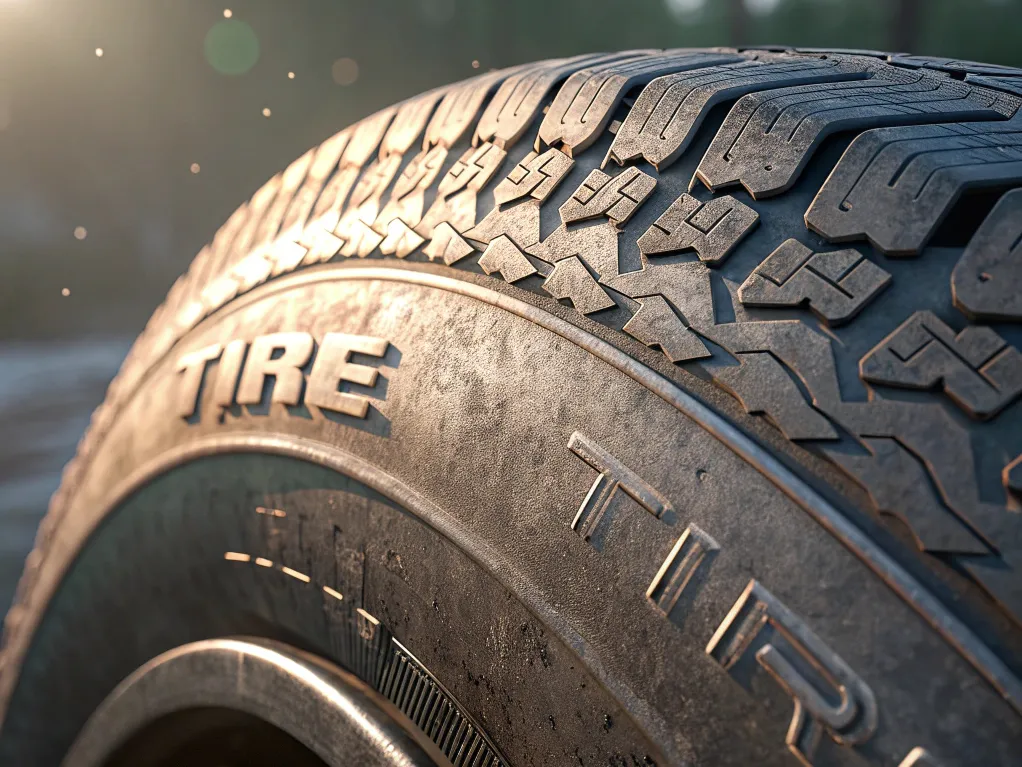Tire recycling is an essential process in managing the increasing volume of discarded tires. A critical step in this process involves cutting the sidewall of the tire. Understanding the rationale behind this step highlights its significance in the recycling chain and its impact on material recovery and equipment efficiency.
1. Enhanced Equipment Efficiency
Tires are constructed from durable rubber compounds with varying thicknesses and compositions. The sidewall, in particular, is notably strong and dense, posing challenges during processing. By cutting the sidewall prior to shredding, machines can handle the material more efficiently, ensuring smoother operations. Specialized shredders used in tire recycling perform more effectively when the sidewall is removed, as it reduces blade strain and prevents jams.
2. Separation of Valuable Materials
The sidewall of a tire often contains additional components, such as steel beads, which are crucial for maintaining tire structure but are not as easily recyclable as rubber. Cutting the sidewall allows for more effective separation of these materials during recycling. This enhances the purity of the rubber and increases the value of the materials that can be recycled into new products, such as crumb rubber or molded rubber items.
3. Facilitation of Shredding and Grinding
Tire shredders are designed to break down the entire tire into smaller pieces, which are then processed further into raw materials. The presence of the sidewall complicates this process due to its thickness and hardness compared to the tread and other parts of the tire. Cutting the sidewall before shredding ensures that the shredder operates at optimal efficiency, producing consistent and manageable pieces, thereby improving throughput and reducing machine wear.
4. Reduction in Blade Wear
Tire recycling machines, such as granulators or tire shredders, rely on high-speed rotating blades to cut through rubber. The sidewall, being denser and tougher, can exert excessive strain on these blades if left intact. Removing the sidewall minimizes wear and tear on the equipment, extending its lifespan and reducing maintenance costs. This not only saves money but also enhances the overall efficiency of the operation.
5. Improved Material Handling
Cutting the sidewall before further processing facilitates better material handling in subsequent recycling stages. With the sidewall removed, the remaining rubber is more uniform, making it easier to handle during grinding and compounding. This smoother material flow through the system leads to better consistency and quality of the final product, whether it’s rubber pellets or another recycled material.
6. Optimization of the Recycling Process
Tire recycling typically involves a multi-stage process utilizing various types of machinery, including crushers, granulators, and separators. Each stage benefits from the removal of the sidewall, as it reduces the complexity of the material being processed. This ensures that each part of the tire is used as efficiently as possible, whether it’s being converted into rubber powder for playgrounds or incorporated into asphalt for road construction.
Conclusion
Cutting the sidewall of a tire during recycling is a crucial step that enhances the efficiency, quality, and sustainability of the recycling process. It enables recycling equipment to function at peak performance, facilitates the effective separation of valuable materials, and ensures the production of high-quality recycled products. With advancements in tire recycling technologies, optimizing each step of the process—starting with sidewall removal—plays a pivotal role in transforming waste into valuable, sustainable materials.



